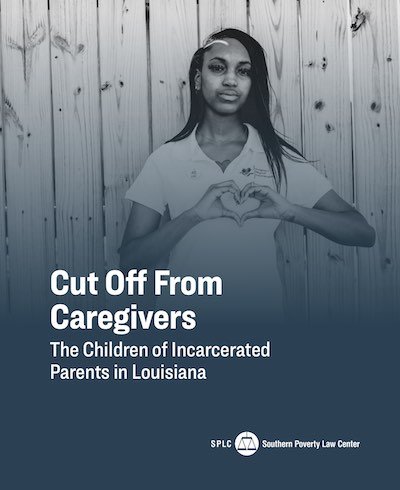By David Foster
There is currently no general statutory obligation for individuals in England to report child abuse. Government statutory guidance on safeguarding, says “anyone who has concerns about a child’s welfare should make a referral to local authority children’s social care and should do so immediately if there is a concern that the child is suffering significant harm or is likely to do so.” While this does not impose a legislative requirement to report abuse, it creates an expectation that those working with children will comply with the guidance unless there are exceptional circumstances.
In addition, some individuals are required to report child safeguarding concerns under standards or codes of conduct set by their professional regulatory body. A failure to adhere to such standards may result in misconduct or fitness to practise proceedings against them.
Mandatory reporting duty
There have been calls for a mandatory duty to report known or suspected child abuse and neglect to be introduced for specific groups, such as social workers and teachers. Proponents argue that a mandatory reporting duty would offer greater protection to children. However, others fear it could create a ‘needle in the haystack’ effect and result in a ‘tick-box approach’.
Independent Inquiry into Child Sexual Abuse
The final report of the Independent Inquiry into Child Sexual Abuse, published in October 2022, said children had suffered as a result of “a marked absence of a cohesive set of laws and procedures in England and in Wales that require individuals working with children to report child sexual abuse”.
The report recommended the UK Government and the Welsh Government introduce legislation placing certain individuals – ‘mandated reporters’ – under a statutory duty to report child sexual abuse in prescribed circumstances (for example, where they observe recognised indicators of sexual abuse).
The report recommended it should be a criminal offence for mandated reporters to not report child sexual abuse when a child or perpetrator discloses it to them, or they witness a child being sexually abused.
Government commits to introducing mandatory reporting duty
In April 2023, the UK Government committed to introduce, subject to consultation, a mandatory reporting duty for those working or volunteering with children to report child sexual abuse.
Following on from an earlier call for evidence, on 2 November 2023, the Government launched a consultation setting out proposals for a mandatory reporting duty and seeking views on “a small but significant set of undecided policy questions.” The consultation closes on 30 November.
Following a previous consultation in 2016, the Government decided against introducing a mandatory reporting duty.
Research Briefing. London: UK Parliament, House of Commons Library, 2023. 23p.






















